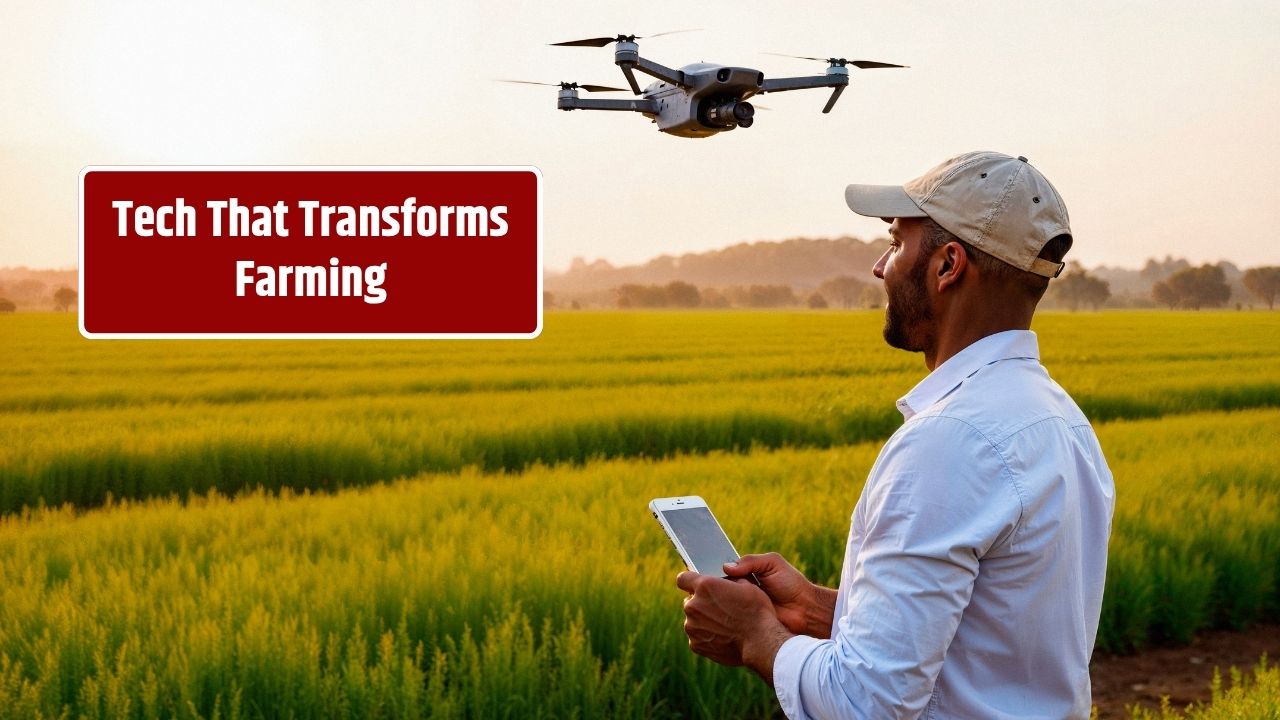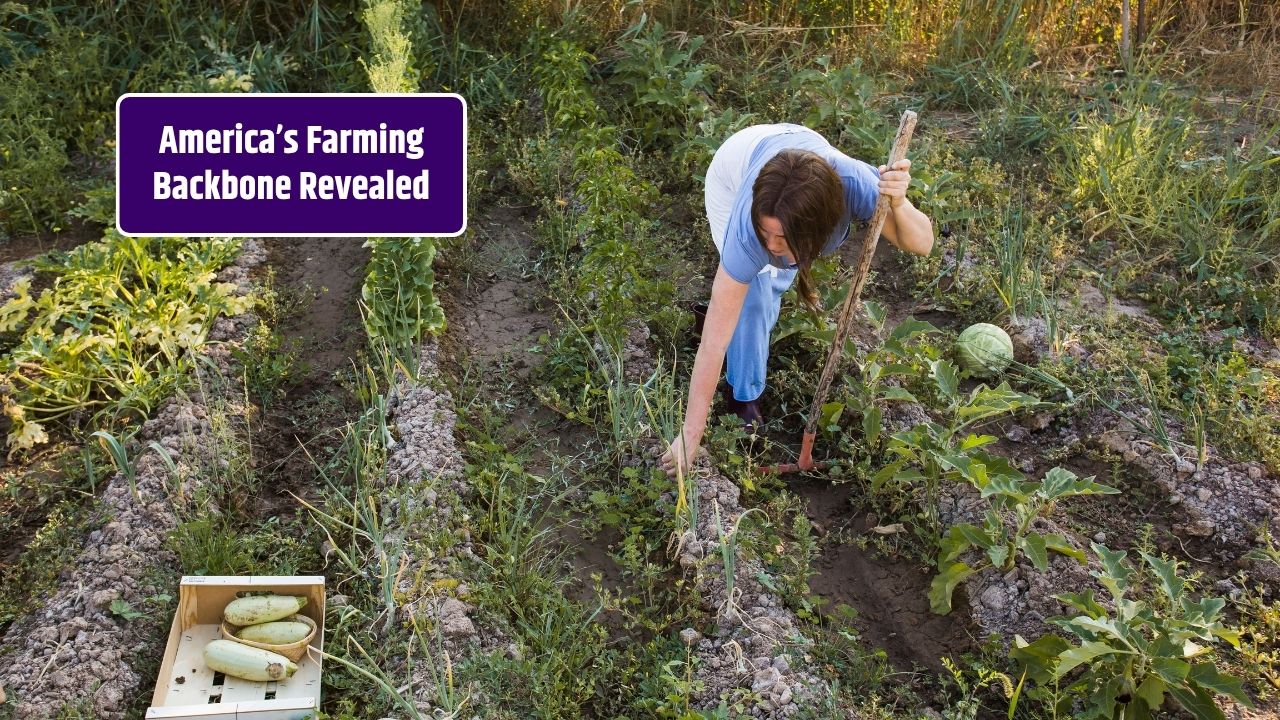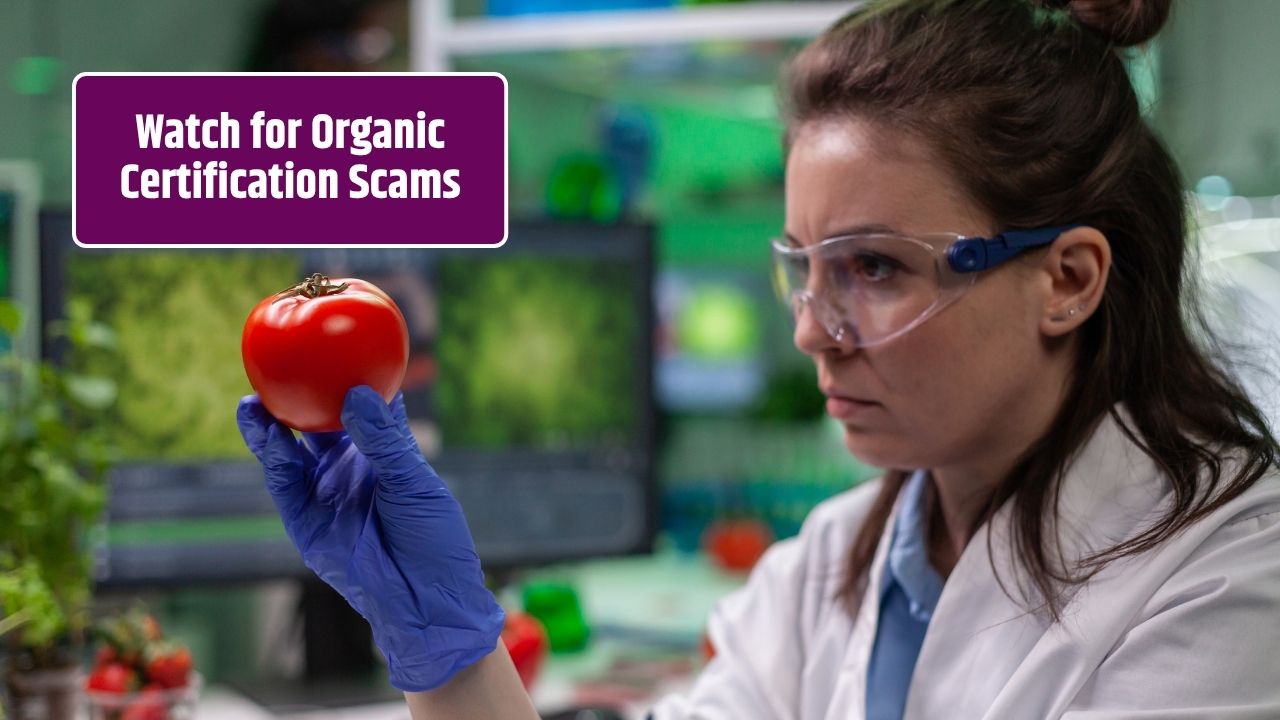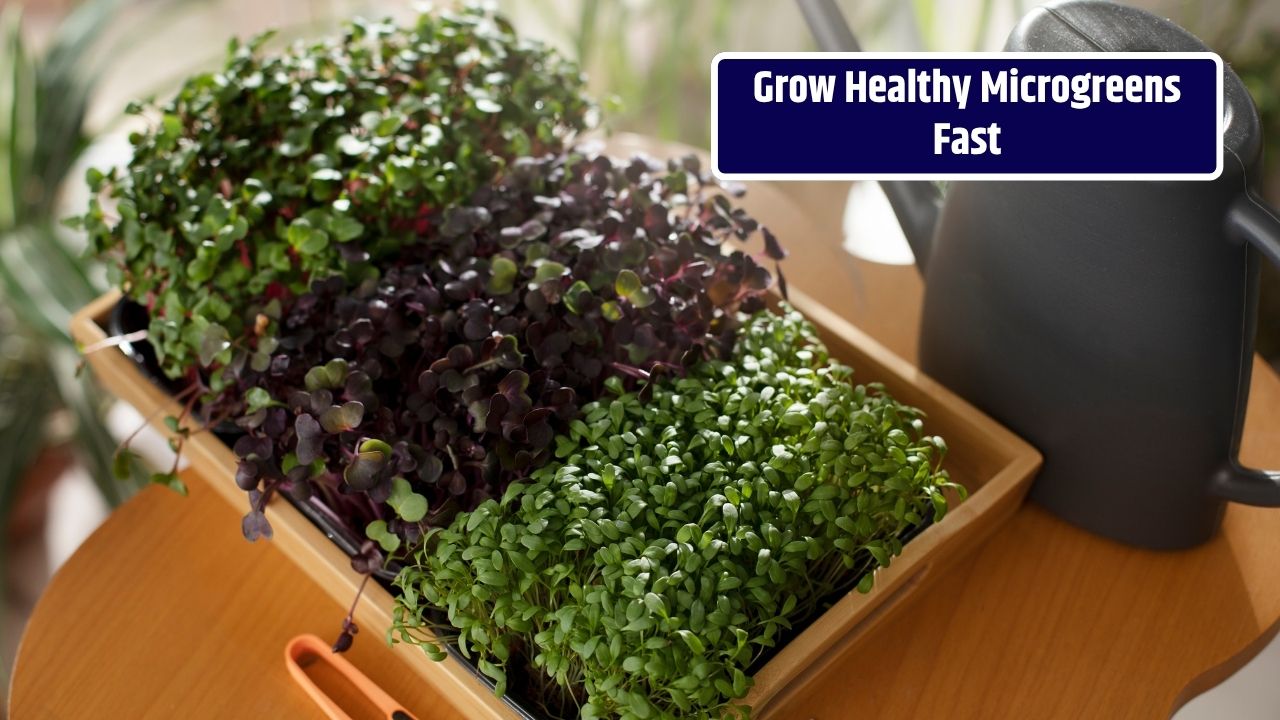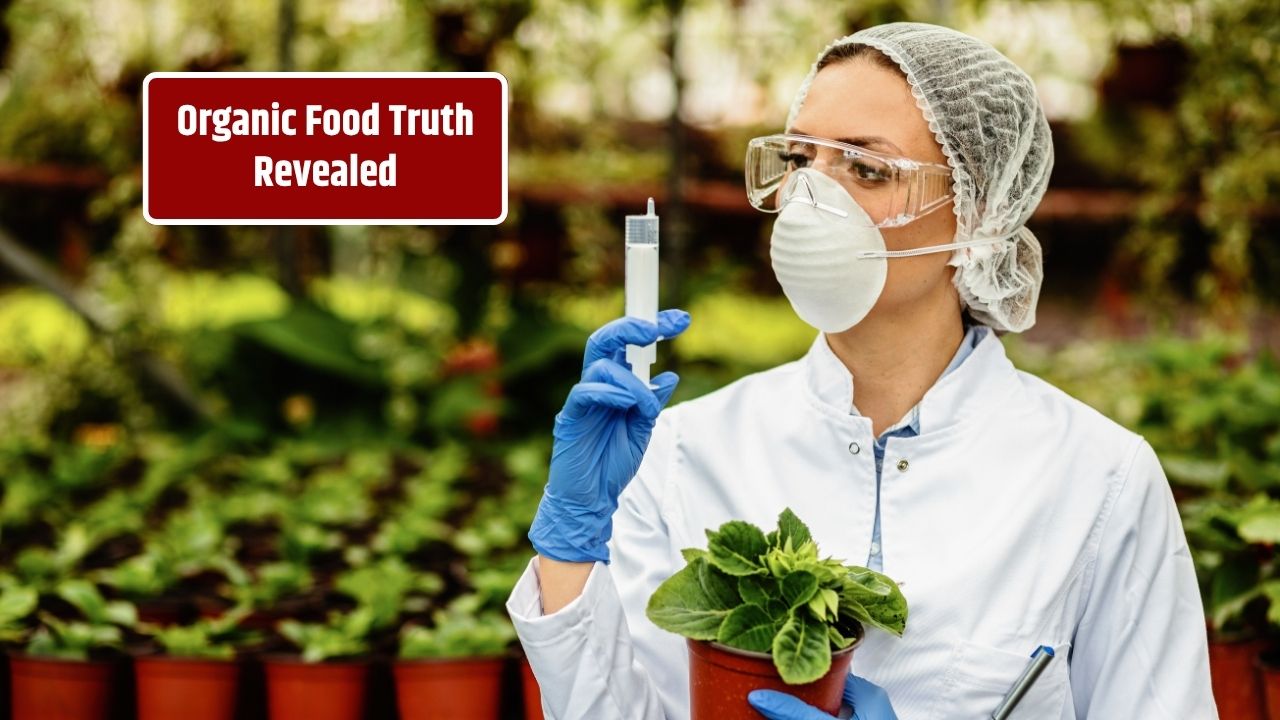On a quiet road in Stanley, north of Fredericton, a small organic farm is proving that bold vision, hard work, and a touch of innovation can transform just 1½ acres into a profitable and scalable food business. Earth to Belly Homestead, run by Louis St-Pierre and his partner Courtney Atyeo, is feeding over 120 households weekly—and they’re just getting started.
Here’s how this small farm is punching above its weight in Canada’s growing local food movement.
Table of Contents
From Tiny Home to Thriving Homestead
St-Pierre, a former touring musician from suburban Montreal, never imagined he’d become a farmer. But after a few months off-grid on his father’s woodlot and a WWOOF (World Wide Opportunities on Organic Farms) experience, he took a leap—buying the 50-acre former Flying Shoe Farm and launching Earth to Belly.
The early days were frugal: living in a tiny home with an outhouse, selling eggs to pay for fuel, and surviving on garden produce, game meat, and grit. Today, the couple lives comfortably with their child, surrounded by fields, greenhouses, and a growing community of loyal customers.
A New Model for Small-Scale Farming
Earth to Belly operates on just 1.5 acres of cultivated land, but its impact is outsized. The farm produces:
- Vegetables (field and greenhouse grown)
- Chicken, pork, and eggs
- Freshly baked goods
- Meal boxes for 120 subscribers (up from just 15 two years ago)
- Extra product for hundreds of local store sales
With seven employees and two greenhouse managers, the team handles weekly deliveries across the Nashwaak Valley, Fredericton, and Saint John—a logistical challenge that’s worth it for one key reason:
“Selling directly allows us to get maximum dollars for what we’re selling,” says St-Pierre.
Instead of chasing low wholesale margins, Earth to Belly builds customer relationships and controls pricing through a direct-to-consumer subscription model.
High Yield, Low Impact
Despite not using tractors, pesticides, or artificial fertilizers, Earth to Belly boasts exceptional productivity. In fact, the yield per square foot is significantly higher than most conventional farms.
Key stats:
- 18.6 kg of cherry tomatoes per square meter in the greenhouse
- Up to 2–3 crop cycles per season
- 5–6 densely planted rows where conventional farms would plant just one
This is achieved through:
- Heated greenhouses (year-round)
- Automatic irrigation, cooling, and heating (some remotely controlled by app)
- Weekly fertilization with organic chicken manure and in-house compost
- Nets and predatory insects for pest control
- Transition toward no-till soil health systems
Scaling Up—The Right Way
St-Pierre sees room to grow. With 10–15 acres and 2–3 larger greenhouses, he believes Earth to Belly could serve 3,000–4,000 customers within 5–6 years.
But scaling isn’t about cutting corners—it’s about systems. He spends 20 hours a week on marketing, reports, and finances. He’s constantly learning, experimenting, and consulting with outside experts.
“Farming is science, marketing, and logistics,” says St-Pierre. “You’ve got to know your numbers and know your plants.”
The Economics of Getting Started
While the future is promising, St-Pierre warns that starting a farm like this is no small task. He estimates new entrants would need:
- $150,000–$200,000 in startup capital
- Land (or an affordable rental)
- Greenhouses and infrastructure
- Time and skill to master farming, business, and logistics
Still, he’s bullish on the opportunity:
“The market is booming. If you can bring good food to market, people will buy it.”
A Lifestyle That Requires Balance
Though the business is thriving, St-Pierre emphasizes the importance of personal time and burnout prevention. Farming, he says, is hard—but manageable with planning, passion, and purpose.
And for those considering the leap?
“It’s all feasible. You just have to plan it.”
FAQs
How much land does Earth to Belly farm actively?
About 1.5 acres are in active vegetable production, though they own 50 acres total.
What makes their farming model more profitable?
Direct-to-consumer sales, high-density planting, multiple crop cycles, and avoiding wholesale pricing.
Are their prices higher than grocery store alternatives?
Not anymore. Their prices are now equal or lower, thanks to avoided input costs and improved efficiencies.






